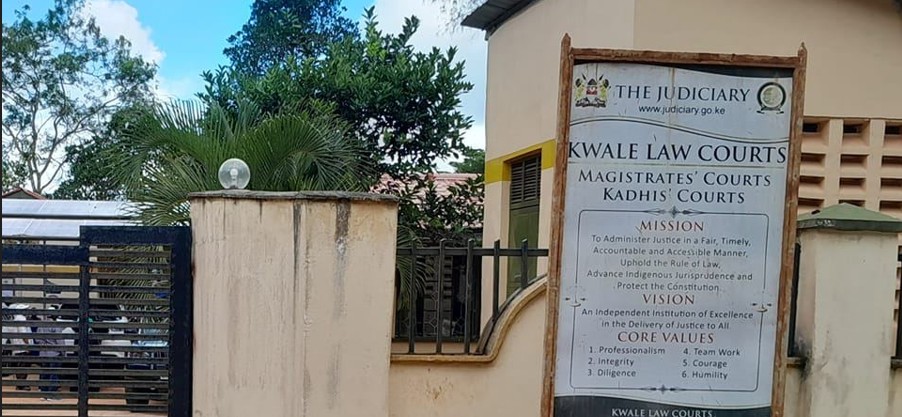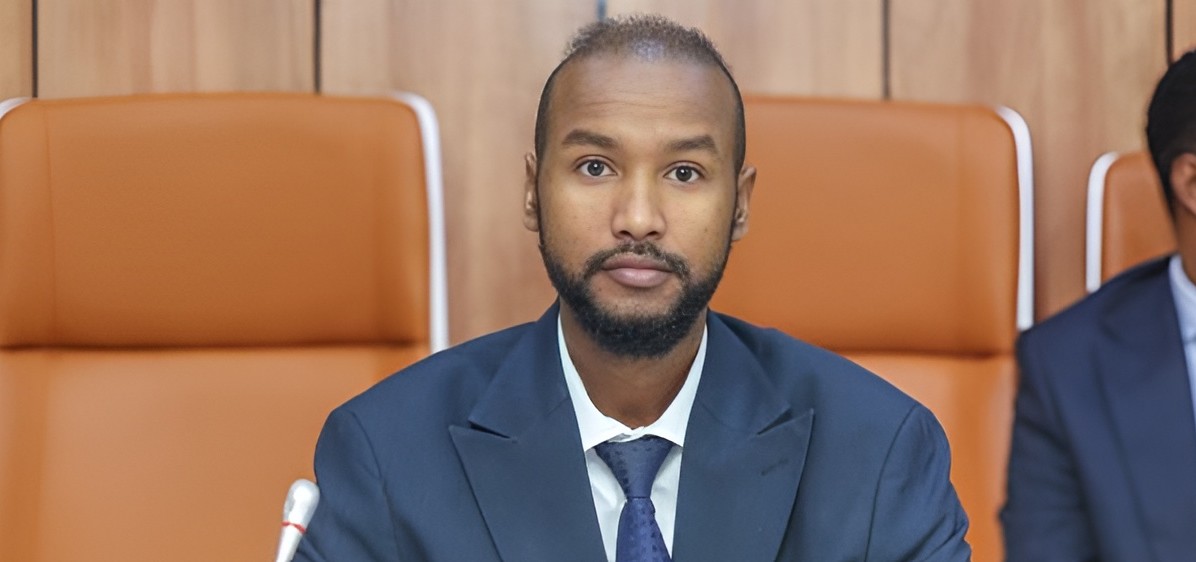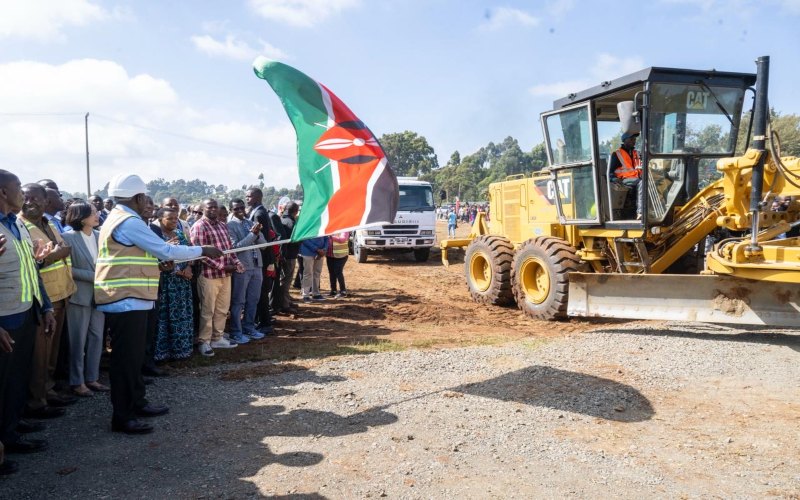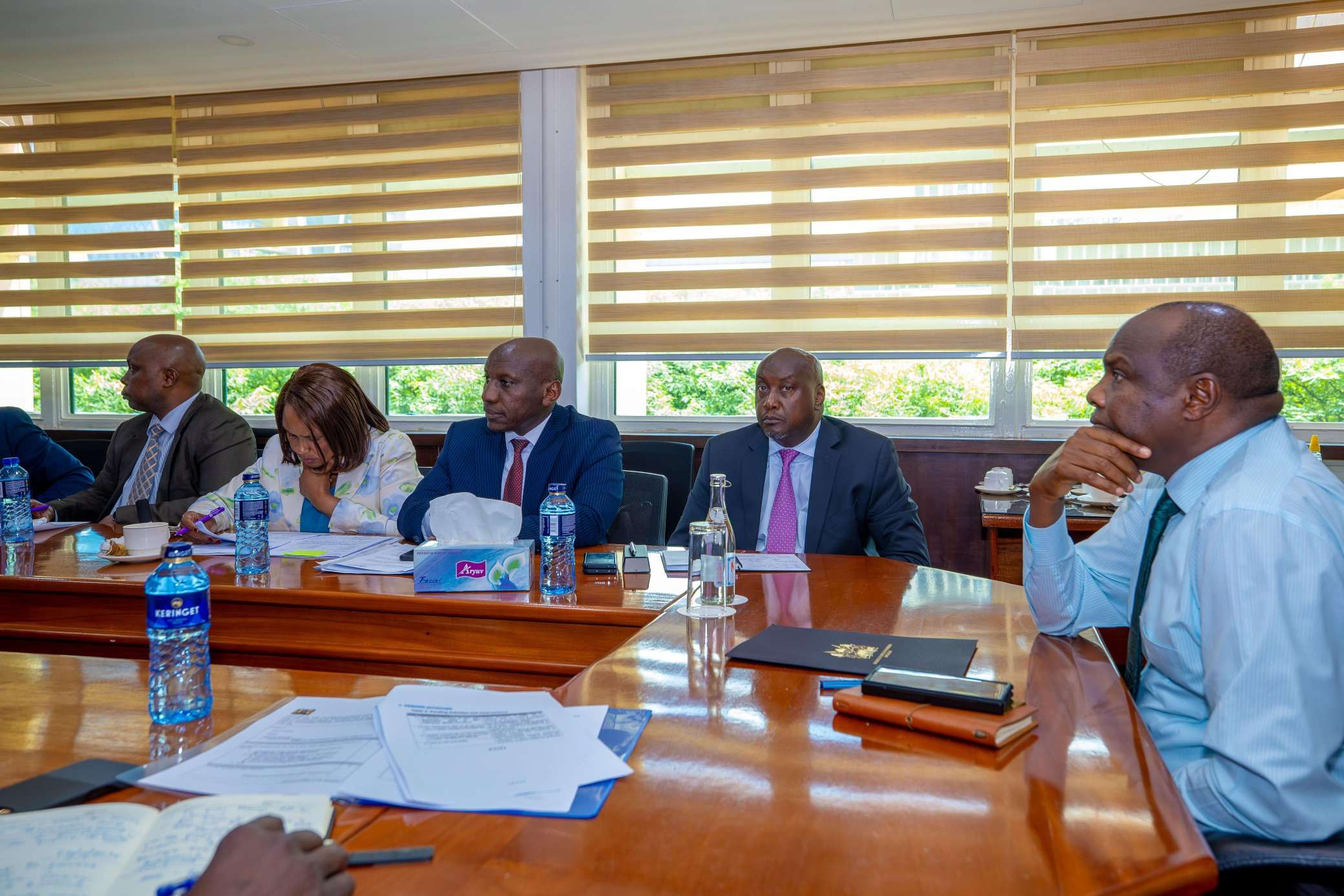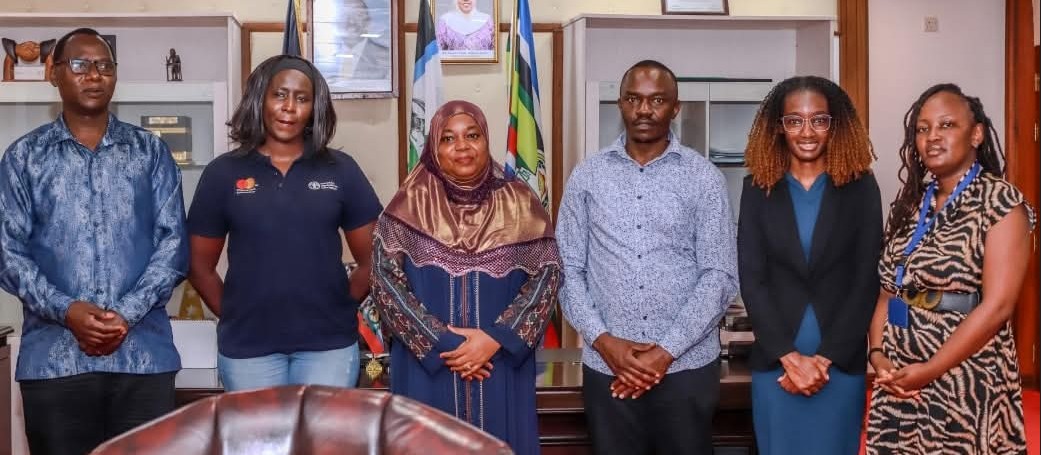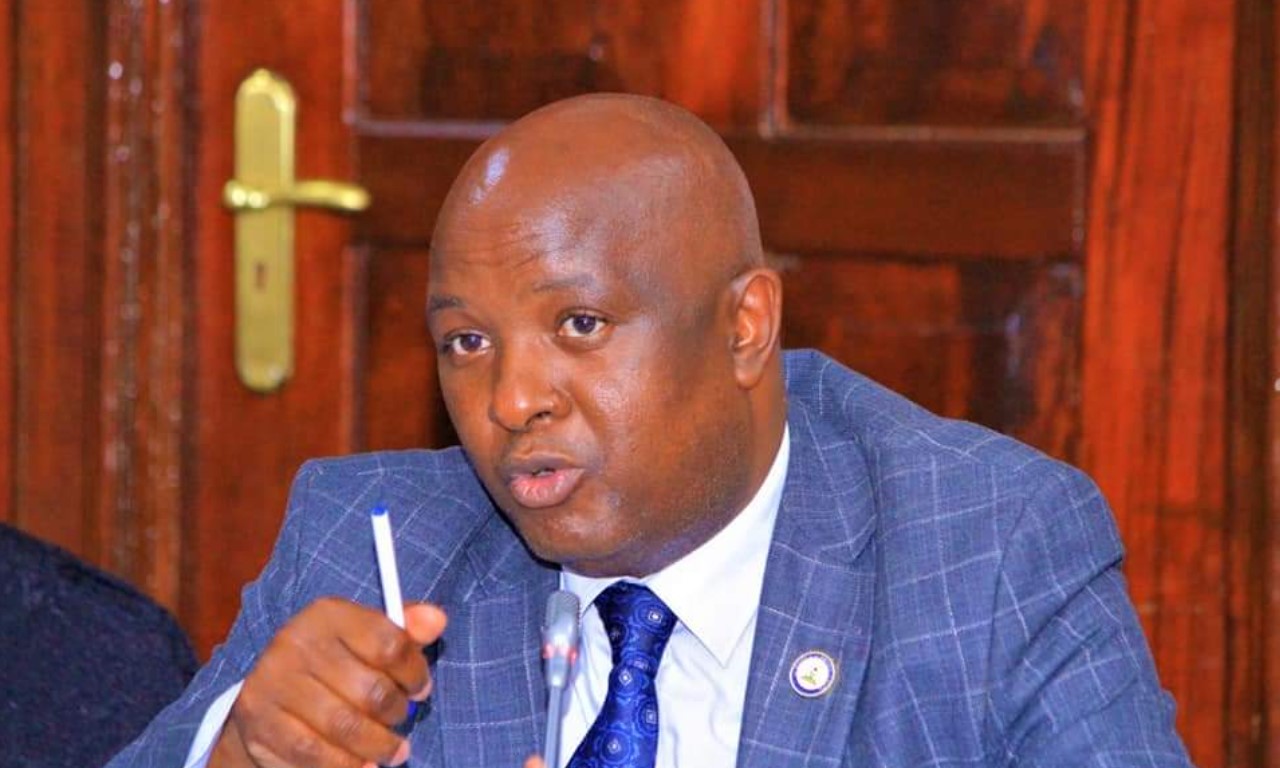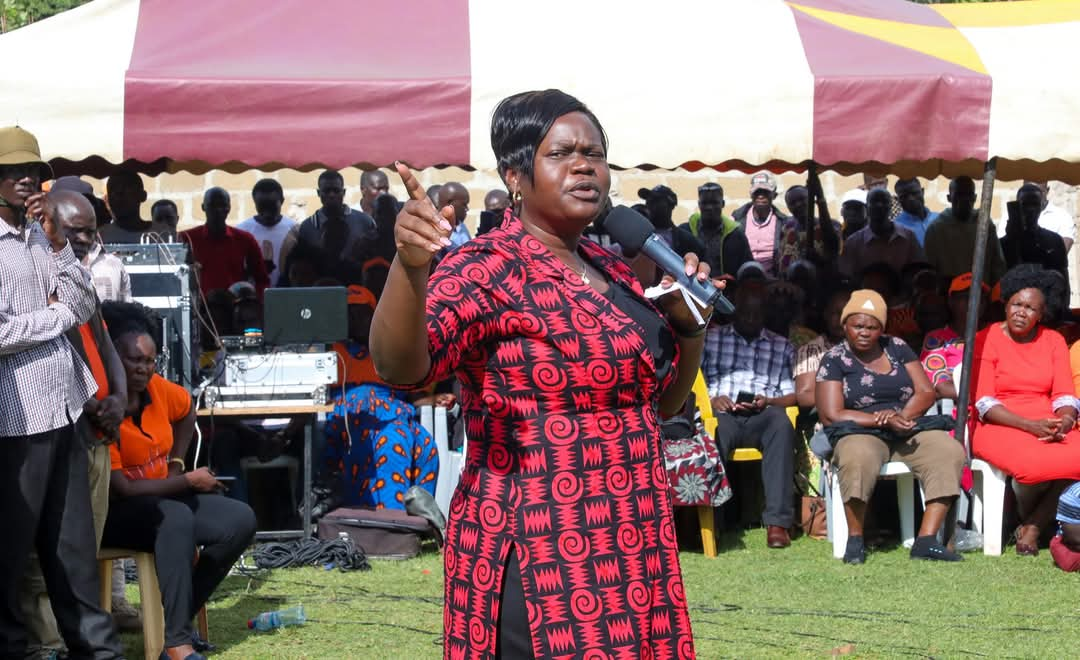State bows to Gen-Z pressure, goes slow on external borrowing to finance budget deficit
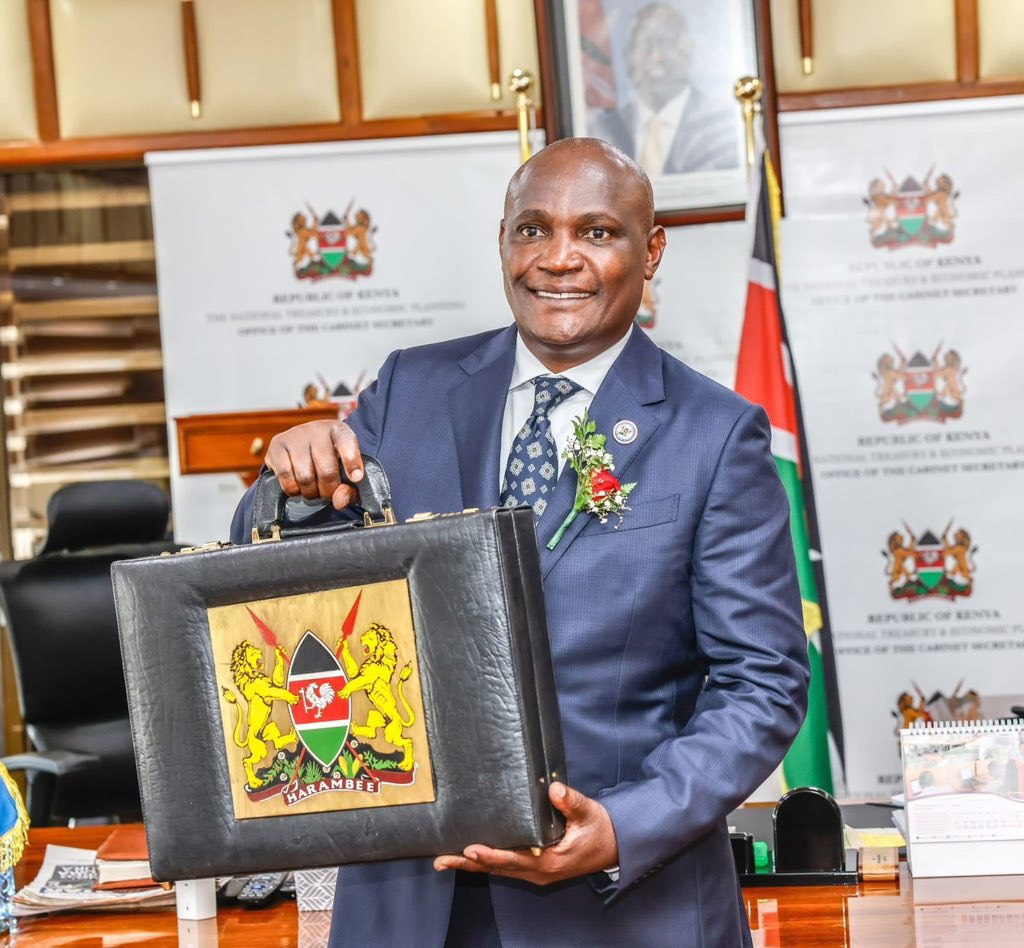
In a significant policy shift, the Kenya Kwanza administration has announced a substantial reduction in its reliance on external borrowing to finance the 2025/26 budget deficit.
During the June 12, 2025, Budget Statement, National Treasury Cabinet Secretary John Mbadi revealed that the 2025/26 expenditure plan of Sh4.29 trillion faces a projected deficit of Sh923.2 billion. This necessitates bridging the gap through borrowing, typically sourced either domestically from banks and private financiers or externally from institutions like the IMF and the World Bank.
More To Read
- Africa’s agricultural exports are losing ground: Four key interventions that could lift sector again
- CBK warns of rising debt distress, urges fiscal coordination
- World Bank sounds alarm as Kenya’s labour market weakens, wages fall and informal jobs surge
- World Bank upgrades Kenya’s growth outlook to 4.9 per cent, warns of elevated risks
- Residents to receive Sh500 million compensation for Isiolo-Garbatulla-Modogashe road project
- Treasury under fire for using Sh2.67 trillion in domestic loans on recurrent spending
“The fiscal deficit for the FY 2025/26 budget will be financed by net external borrowing of Sh287.7 billion and net domestic borrowing of Sh635.5 billion,” said Mbadi.
This means that 69 per cent of the borrowing will come from the domestic market, while the remaining 31 per cent will be sourced externally.
In the current 2024/25 financial year, set to end on June 30, the initial fiscal deficit of Sh597 billion was primarily expected to be financed through external borrowing amounting to Sh333.8 billion (56%), with the remaining Sh263.2 billion (44%) sourced from the domestic market.
Comparatively, the 2025/26 budget highlights a significant slowdown on external funding by about 14 per cent while scaling up domestic borrowing by about 142 per cent.
Mbadi, however, noted that the fiscal deficit for the current fiscal year ending June 2025 has risen to an estimated Sh997.5 billion or 5.7 per cent of GDP.
The decision to scale back on external borrowing follows growing pressure from Kenyan youth, particularly Gen-Z, who have been vocal in their opposition to the rising national debt and the tax burdens that stem from excessive external borrowing and perceived mismanagement of public funds.
The move also aligns with the recently approved 2025 Medium-Term Debt Management Strategy (MTDS), which sets the fiscal deficit target of 4.3 per cent of GDP for FY 2025/26, 3.5 per cent for FY 2026/27, and 3.2 per cent for FY 2027/28. This, while keeping the borrowing strategy of 35 per cent net external borrowing and 65 per cent net domestic borrowing.
Notably, the 2025 MTDS, launched in March this year, was significantly influenced by the widespread protests led by Gen-Z against proposed tax hikes in the 2024 Finance Bill. The protests, which escalated into riots and led to over 50 deaths, prompted President William Ruto to withdraw the bill and overhaul his cabinet.
In the recent past, external loans have contributed to a growing debt burden, prompting the government to implement higher taxes to meet repayment obligations. These tax hikes have often been met with resistance, culminating in protests and widespread dissatisfaction among the populace.
Central to the government's fiscal challenges is the Kenya Revenue Authority's (KRA) consistent underperformance in meeting its revenue targets. For instance, in the financial year 2023/24, KRA collected Sh2.407 trillion, falling short of the revised target of Sh2.537 trillion by Sh130 billion.
Similarly, in the first half of the 2024/25 fiscal year, the authority missed its revenue target by Sh163 billion, collecting Sh1.07 trillion against a target of Sh1.23 trillion. This persistent shortfall in revenue collection has compelled the government to seek alternative financing avenues, primarily through domestic borrowing.
However, this approach presents its own set of challenges.
Increased demand for government securities may lead to higher interest rates, potentially crowding out private sector and individual borrowing. This scenario could make it more expensive for businesses and individuals to access credit, thereby stifling economic growth and development.
Budget Highlights
In the 2025/26 Budget Statement, the National Treasury has prioritised funding across various sectors in line with the Bottom-Up Economic Transformation Agenda (BETA).
The Education Sector has received the highest allocation, with a total of Sh702.7 billion, including Sh387.2 billion to the Teachers Service Commission. This with additional resources to support basic, secondary, and higher education, infrastructure development, school feeding, scholarships, and teacher capacity-building programs.
Other top allocation was made to county governments, receiving Sh405.1 billion as an equitable share, alongside Sh69.8 billion as additional conditional allocations.
This brings total county allocations to Sh474.9 billion, intended to boost devolved services in areas such as health, agriculture, and infrastructure at the local level. The health sector has been allocated Sh138.1 billion.
Infrastructure sector, encompassing roads, rail, and energy, received a combined allocation exceeding Sh300 billion. This includes Sh217.3 billion for roads, Sh62.8 billion for energy development, and Sh38.0 billion for railway projects.
The Security Sector also received a significant allocation of Sh449.9 billion, distributed as Sh202.3 billion for Defence, Sh125.7 billion for the National Police Service, Sh51.4 billion for the National Intelligence Service and additional amounts for prisons and internal security, vehicle leasing, and modernisation programs.
Housing and Urban Development is another key priority, with Sh128.3 billion allocated to fund affordable housing units, infrastructure, informal settlement upgrades and regulation of the construction industry. Notably, under this segment, affordable housing has been allocated Sh64.5 billion, almost double the initial allocation in the previous FY 2024/25 of Sh32.5 billion.
The Social Protection and Affirmative Action Programs have been allocated Sh105.6 billion, targeting vulnerable groups including the elderly, orphans, disabled persons, and women.
Agriculture and the Blue Economy received Sh47.6 billion and Sh8.2 billion, respectively.
Digital Economy, ICT, and the Creative Industry have been allocated Sh12.7 billion, with resources targeting internet infrastructure, Konza Technopolis development, digital hubs, and creative sector promotion.
Allocations made to governance and justice institutions include Sh48.0 billion for Parliament and Sh27.8 billion for the Judiciary.
Revenue estimates
The budget statement puts the total revenue collection for the year under review, including Appropriation-in-Aid, at Sh3.32 trillion, equivalent to 17.2 per cent of GDP.
Of this, ordinary revenue is projected at Sh2,754.7 billion, equivalent to 14.3 per cent of GDP, and Ministerial Appropriation-in-Aid is projected at Sh567.0 billion.
Grants are projected at Sh46.9 billion or 0.2 per cent of GDP.
Top Stories Today

